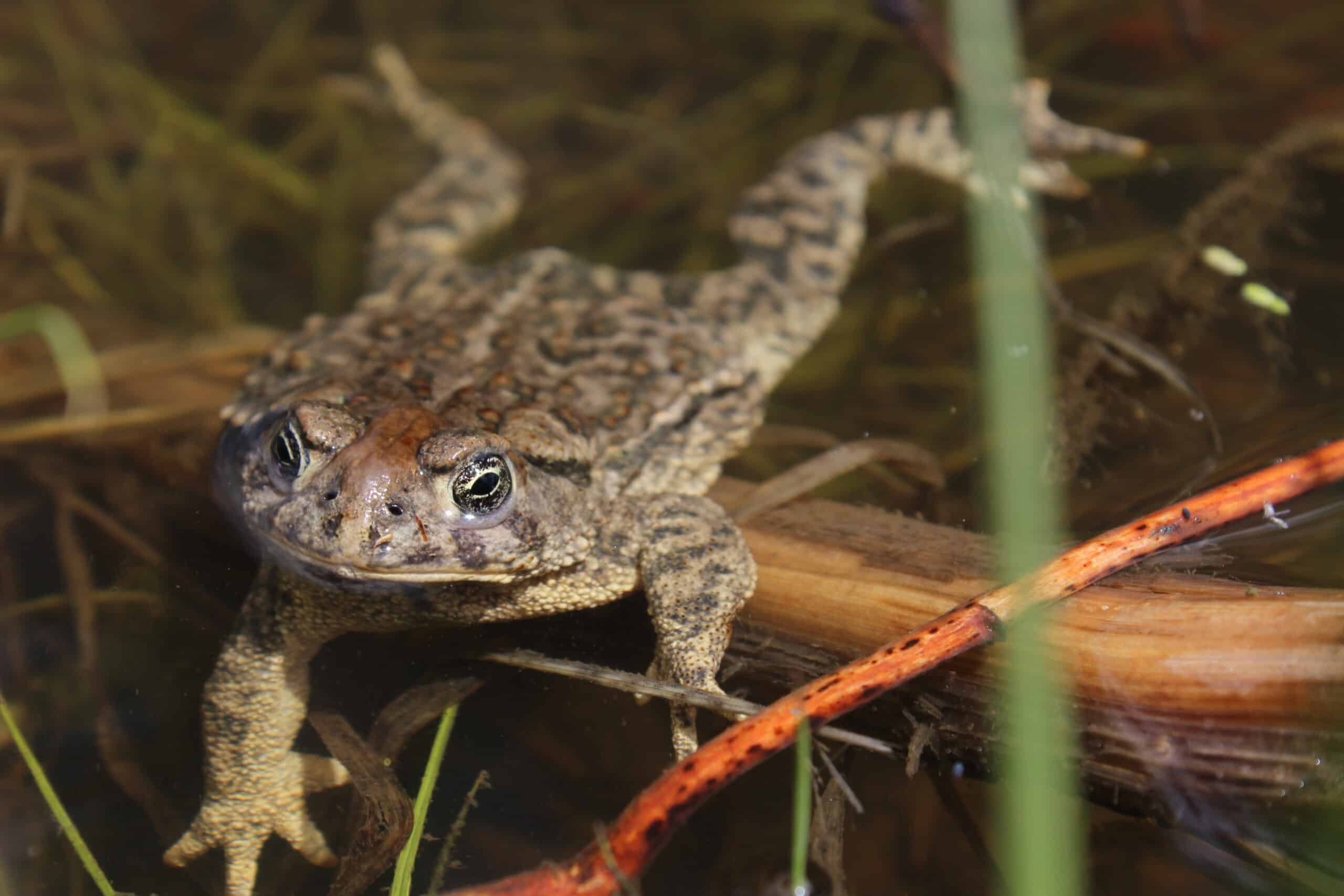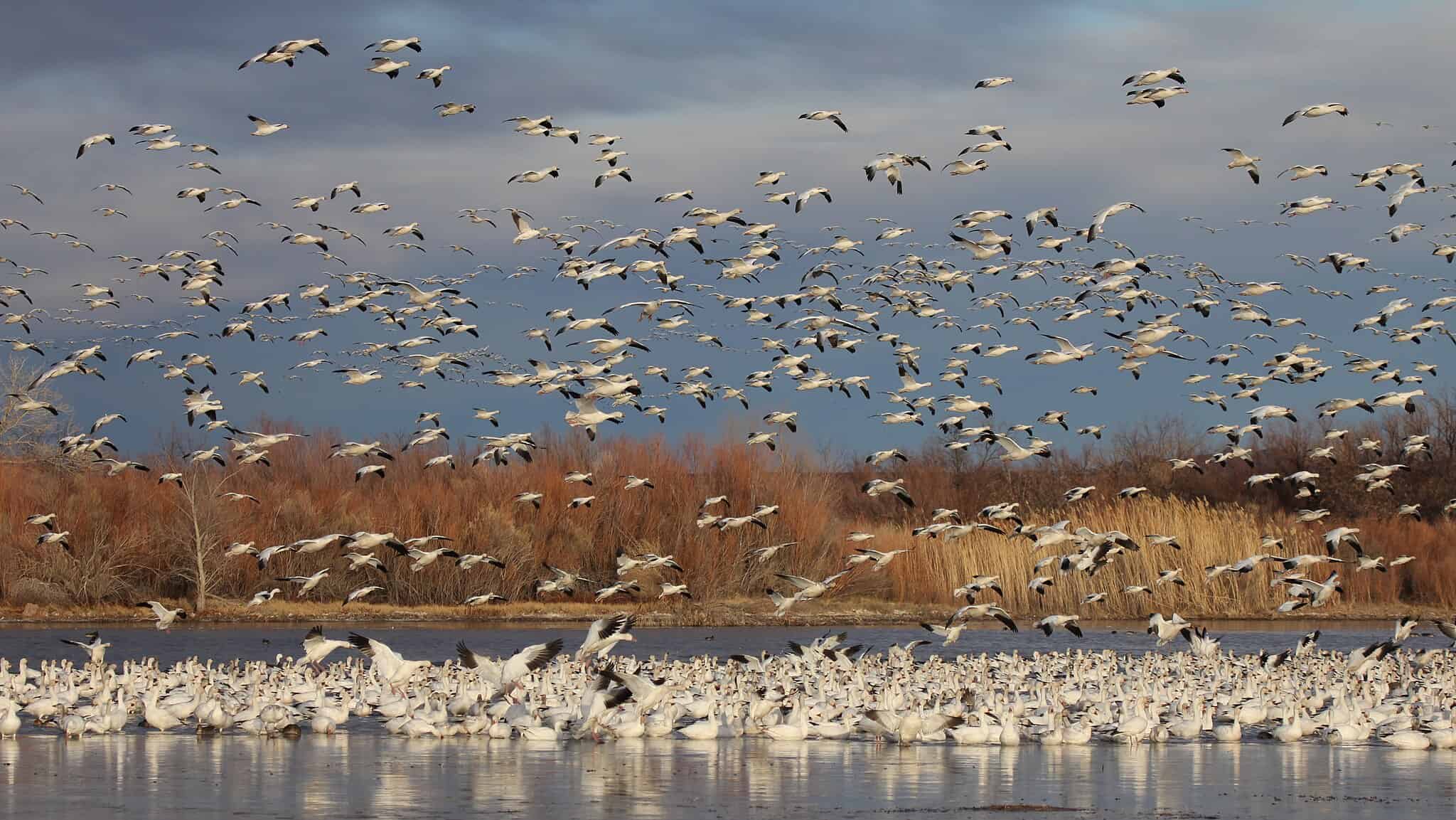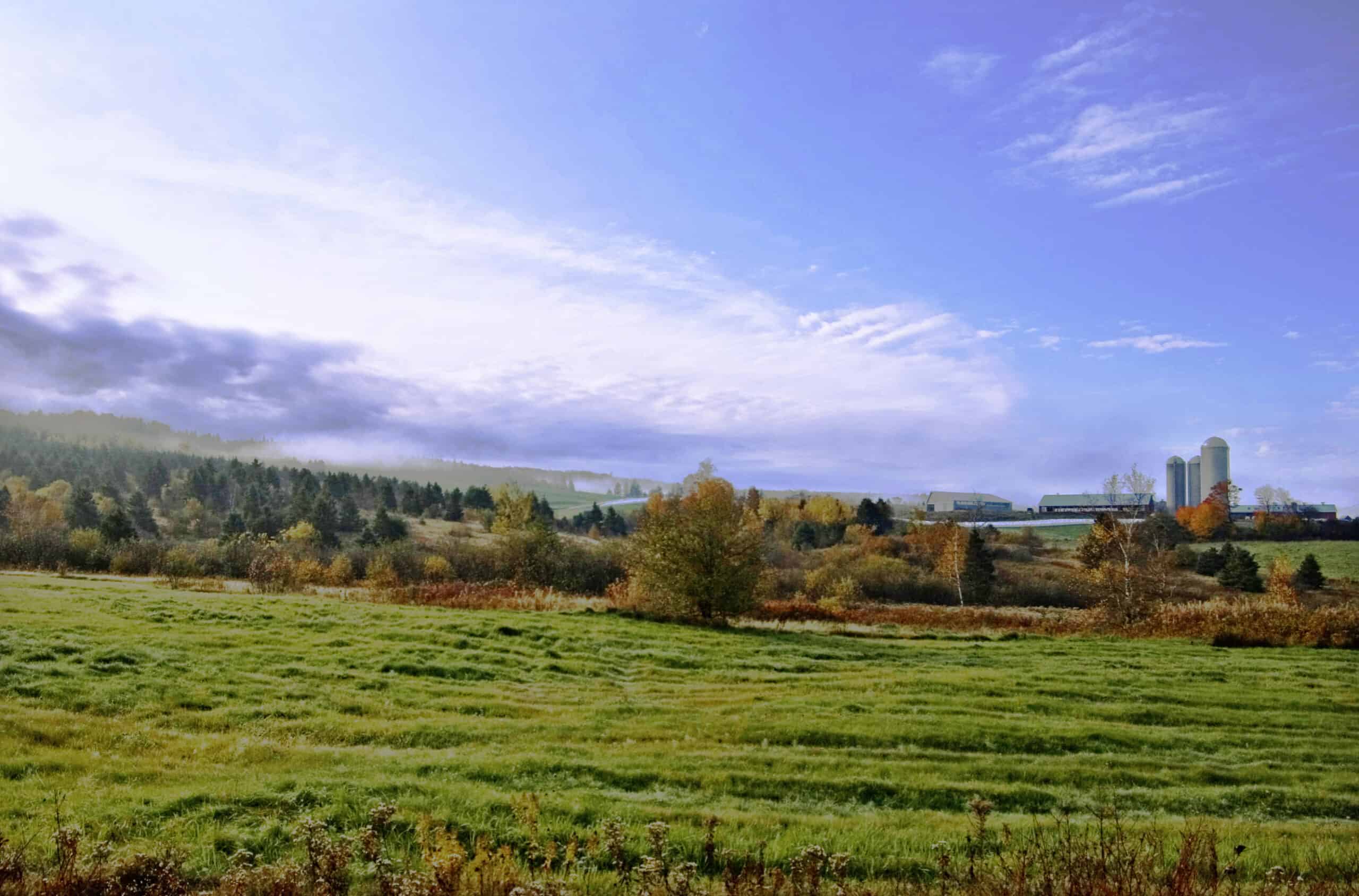Share this article
Wildlife Featured in this article
- Wyoming toad
- pronghorn
- white-tailed prairie dog
The Department of the Interior announces two new wildlife refuges
The Wyoming Toad Conservation Area and Tennessee’s Paint Rock River National Wildlife Refuge are the newest additions
The Department of the Interior has opened two new National Wildlife Refuges: the Wyoming Toad Conservation Area and the Paint Rock River National Wildlife Refuge in Tennessee.
This announcement came during National Wildlife Refuge Week, which is observed during the second week of October each year.
“Nature is essential to the health, well-being, and prosperity of every family and every community in America,” said Secretary of Interior Deb Haaland in a statement announcing the new refuges. “National Wildlife Refuges help connect Americans to a diverse array of public lands, while also serving as a crucial means of protecting wildlife and conserving habitat,” The new additions expand the total number of refuge units to 570.
The Wyoming Toad Conservation area is the bigger of the two new units, comprising 1,078 acres the DOI purchased using the Land and Water Conservation Fund (LWCF). The Department of Interior cited the importance of this refuge for the Wyoming toad (Anaxyrus baxteri), which is one of the most endangered amphibians in North America. The Wyoming wildlife refuge will also help provide habitat for migratory birds and mammals such as pronghorn (Antilocapra americana) and white-tailed prairie dogs (Cynomys leucurus). In addition, the refuge will expand public access to the Laramie River and increase opportunities for outdoor recreation, such as hiking, wildlife observing, hunting and fishing on public lands.
The Paint Rock River National Wildlife Refuge comprises 87 acres, which The Nature Conservancy and The Open Space Institute donated. The refuge serves as an effective means to connect state and NGO conservation land set aside to conserve the Paint Rock River watershed, which is home to 100 species of fish and 50 species of mussels.
The Wildlife Society has long advocated for the importance of the National Wildlife Refuge System, and support for adequate funding for the NWRS is a TWS policy priority for the 118th Congress.
The Wildlife Society has commented on issues affecting the National Wildlife Refuge system, such as hunting and fishing access, and feral horse management. As a member of the Cooperative Alliance For Refuge Enhancement (CARE), TWS has also provided valuable input in regard to refuge planning, appropriations and staffing issues. As an organization dedicated to representing the interests of wildlife professionals, TWS is committed to tackling the staffing crisis issue in refuges, which leaves these critical conservation areas without biologists to manage wildlife populations properly.
Approximately 800 staff positions have been lost since 2011, a 25% loss in capacity that leaves refuge staff limited in their ability to manage large areas of habitat. There is also a shortage of law enforcement officers within the NWRS; across every refuge, individual officers currently patrol an average of 440,000 acres. It can take hours for a wildlife officer to get to the scene of incidents like poaching or injured recreationists. Although this expansion of the NWRS comes as a welcome announcement, The Wildlife Society stresses that additional funding and support from Congress is needed to address staffing shortages and ensure that the NWRS is managed to its full potential.
Header Image: A captive-bred Wyoming Toad released into its namesake state. Credit: Mindy Meade/USFWS








